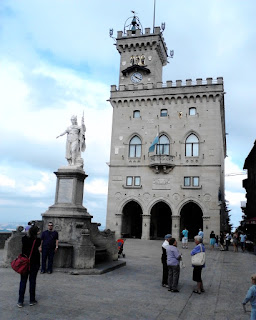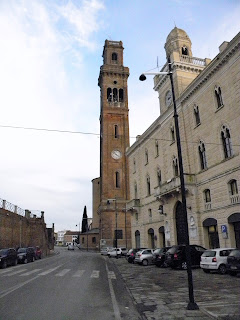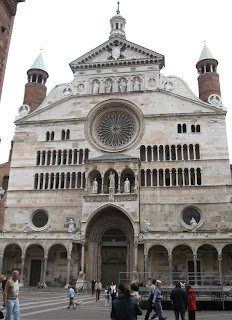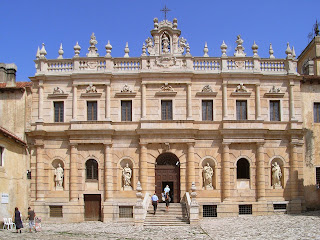Friar had utopian dream to banish poverty
 |
| Tommaso Campanella, as depicted by the Italian painter Francesco Cozza |
As a friar who was also a philosopher, Campanella tried to reconcile humanism with Roman Catholicism. He is best remembered for his work, La città del sole (The city of the sun), written in 1602 which was about a utopian commonwealth where every man’s work contributed to the good of the community and there was no poverty.
The son of a poor cobbler, Campanella was an infant prodigy who joined the Dominican order before he was 15, taking the name Fra Tommaso.
He was influenced by the work of philosopher Bernardino Telesio, who opposed Aristotle’s ideas, and he became interested in astrology, which constantly featured in his writing.
After Campanella published his own work, Philosophy Demonstrated by the Senses, which stressed the need for human experience as a basis for philosophy, he was arrested, tried and imprisoned briefly for heresy.
Campanella then became interested in pragmatism and the idea of political reform, moved deeply by the poverty of the people living in his native Stilo.
| Campanella's house in Stilo in Calabria |
He confessed under torture and, after feigning madness to escape death, was sentenced to life imprisonment.
During his 27 years in prison he wrote poetry, which is now considered to be the most original of the period, and books about religion and philosophy.
One month after his release from prison he was arrested again for heresy in Rome but because of his reputation as an astrologer he was freed after the intervention of Pope Urban VIII.
When he was again accused of plotting against the Spanish he fled to France and the protection of King Louis XIII and Cardinal Richelieu.
He spent the rest of his life in a convent in Paris and died in 1639 at the age of 70.
Travel tip:
Reggio di Calabria, often referred to simply as Reggio Calabria, or just Reggio, is the biggest city in the region of Calabria in southern Italy near the ‘toe’ of the Italian peninsula. Its seafront promenade facing Messina in Sicily across the Straits, has been described as ‘the most beautiful kilometre of Italy’.
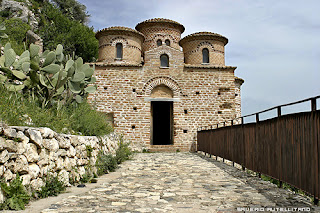 |
| The Cattolica di Stilo has survived from the ninth century |
Stilo, where Tommaso Campanella was born, is a town in the province of Reggio Calabria, where his house is marked with a plaque. It still has a ninth century church, the Cattolica di Stilo, which was built in the Byzantine style. In 1940, the Italian navy fought the British navy in the Battle of Punta Stilo, just off the promontory of Cape Stilo, which is about six kilometres from the town. It was known by the British navy as the Battle of Calabria.
(Photo of Campanella's house by Marcuscalabresus CC BY-SA 3.0)
(Photo of Cattolica di Stilo by Salli CC BY-SA 3.0)
Home



